As an avid traveler, I’m always deeply appreciative when I encounter a culture’s unique architecture, design, and textiles, and I was completely blown away by the colors and textures of the textiles of Peru during my recent visit.
I simply couldn’t get enough of the patterns and vivid hues I saw as I strolled the shops and market stalls. As I walked around I’d find so often my mouth was just open with wonder, loving at how beautiful it all was.
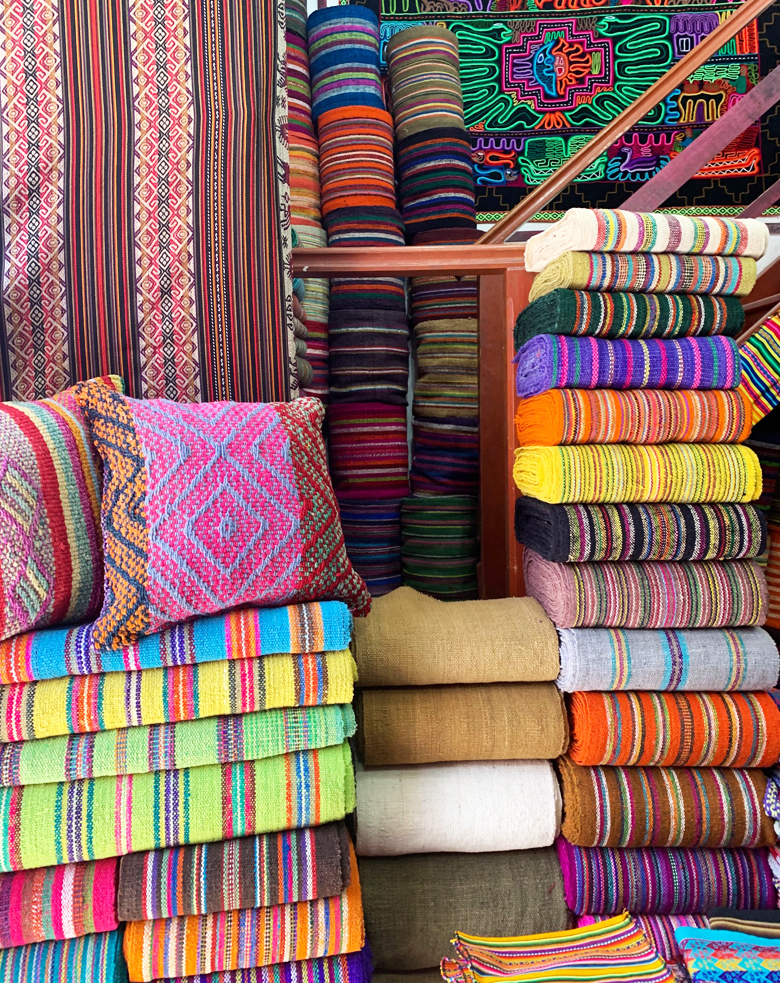
The history of textiles in Peru stretches back thousands of years. In ancient times, textiles were a predominate art form, and over the centuries weavers developed original styles, designs and techniques.
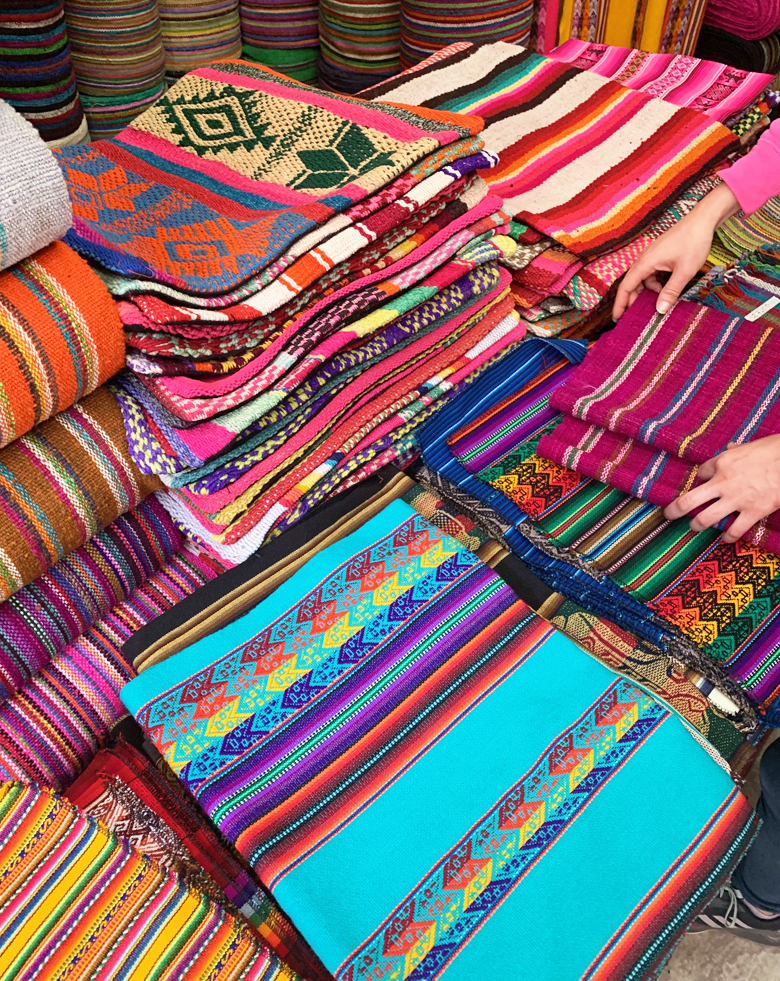
I had the opportunity to stroll the streets and markets of Cusco to observe how contemporary weavers continue in modern times to recreate the designs of their ancestors. These textiles depict both realistic and abstract design, their pictures and patterns tell stories with bold medleys of color, present on the immense variety of clothing, home goods, and artwork.
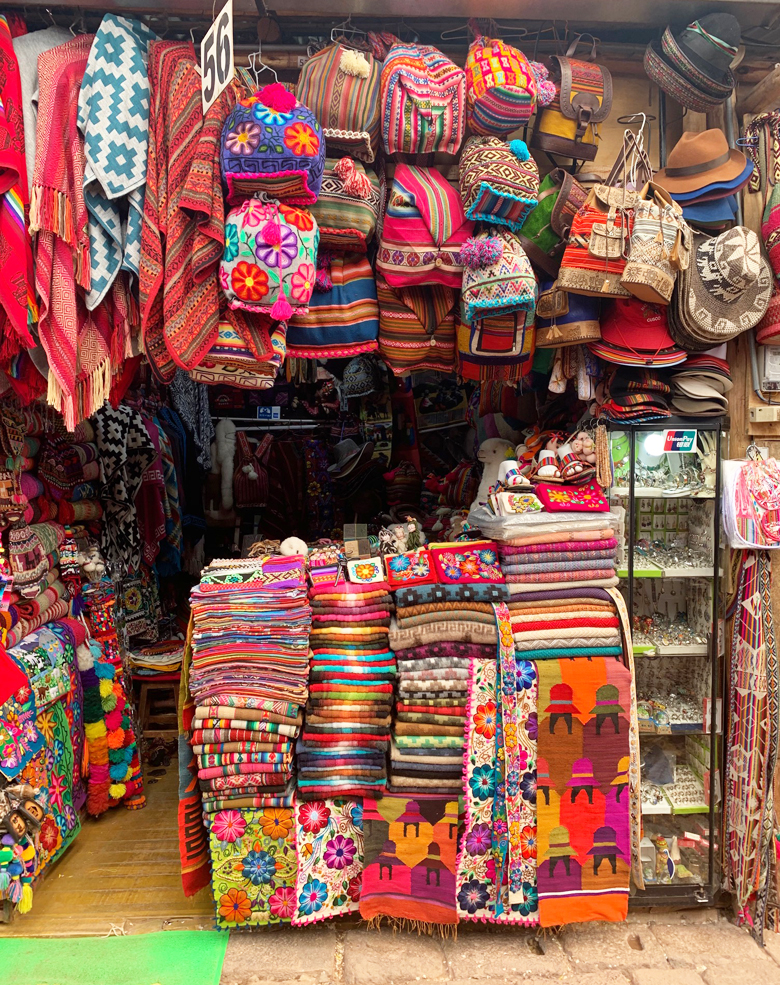
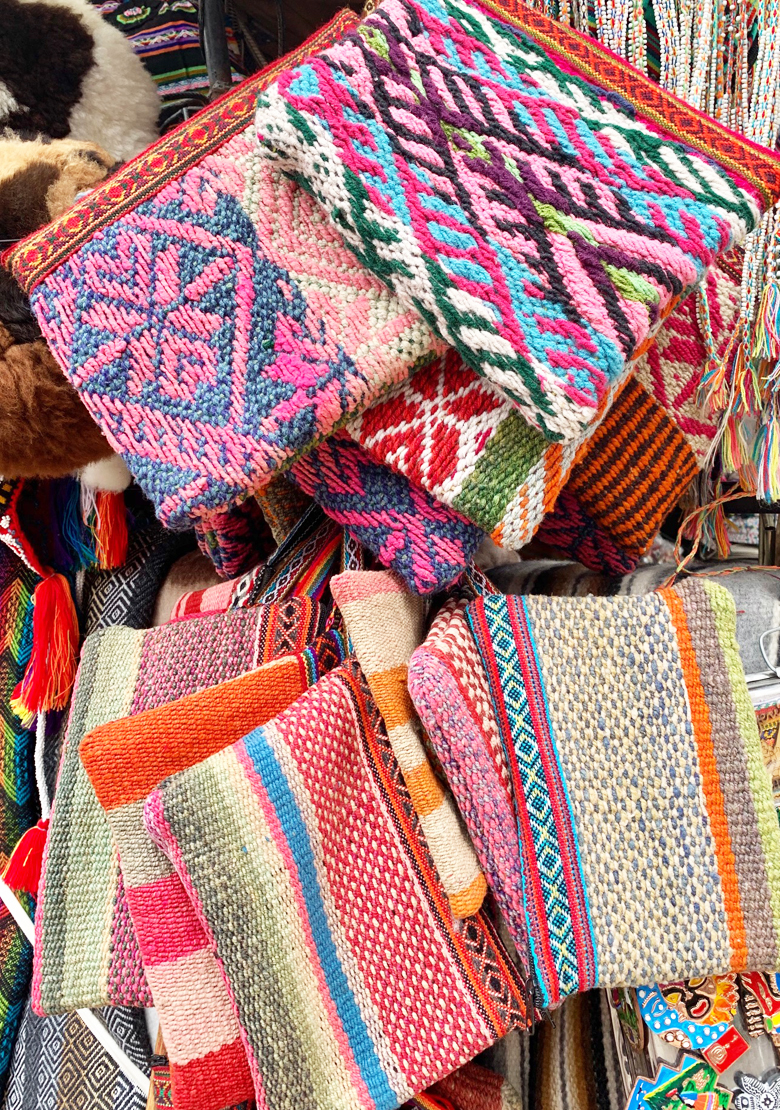
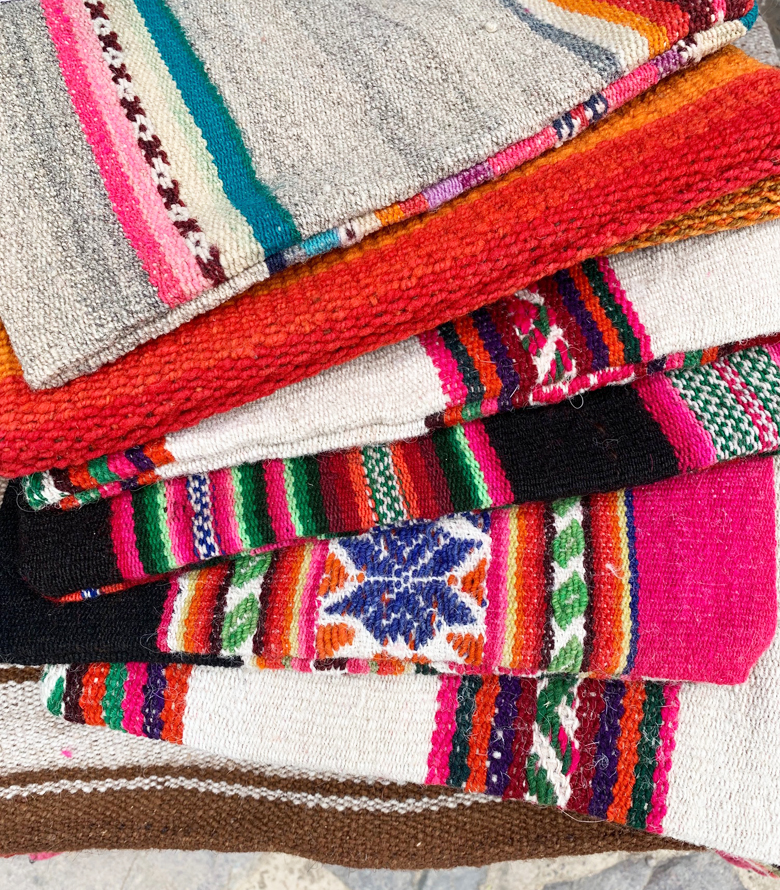
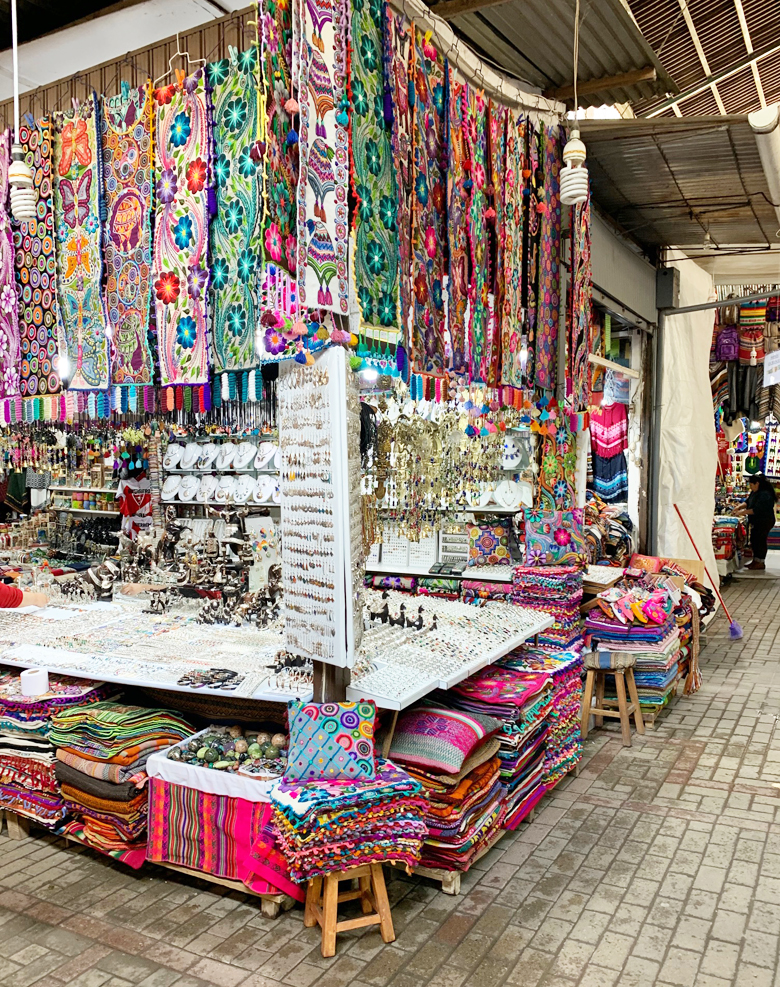
Bright colors are an important part of Andean aesthetics and the Peruvian people so proud of their bright textiles, they wear them as their daily clothing.
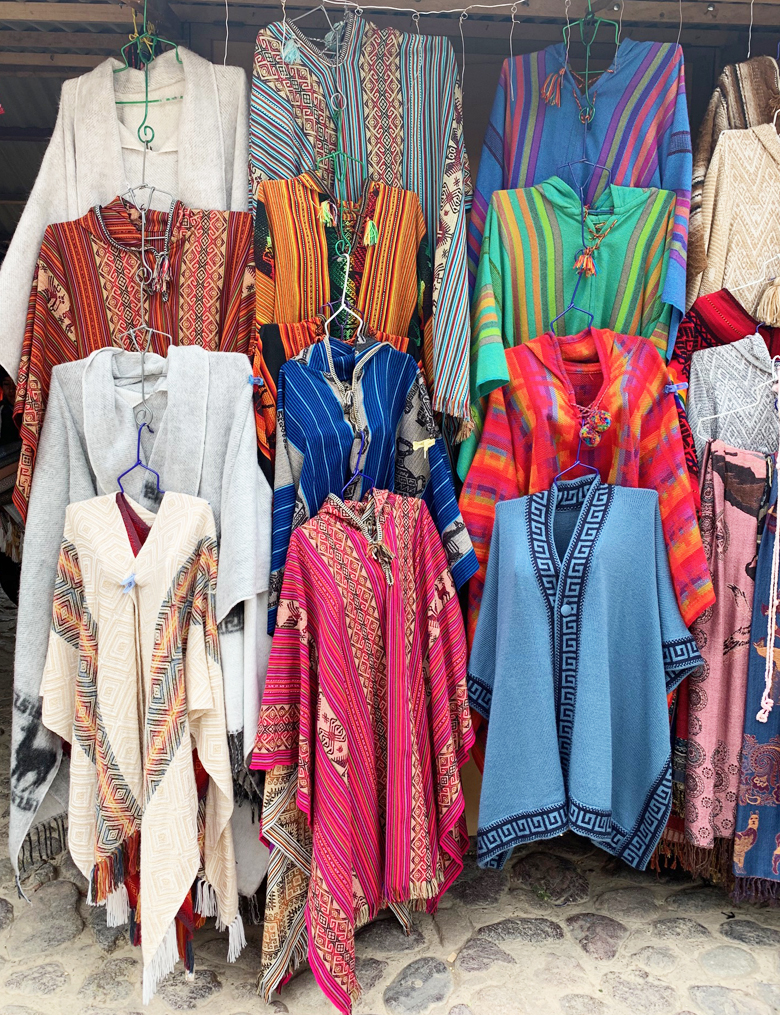

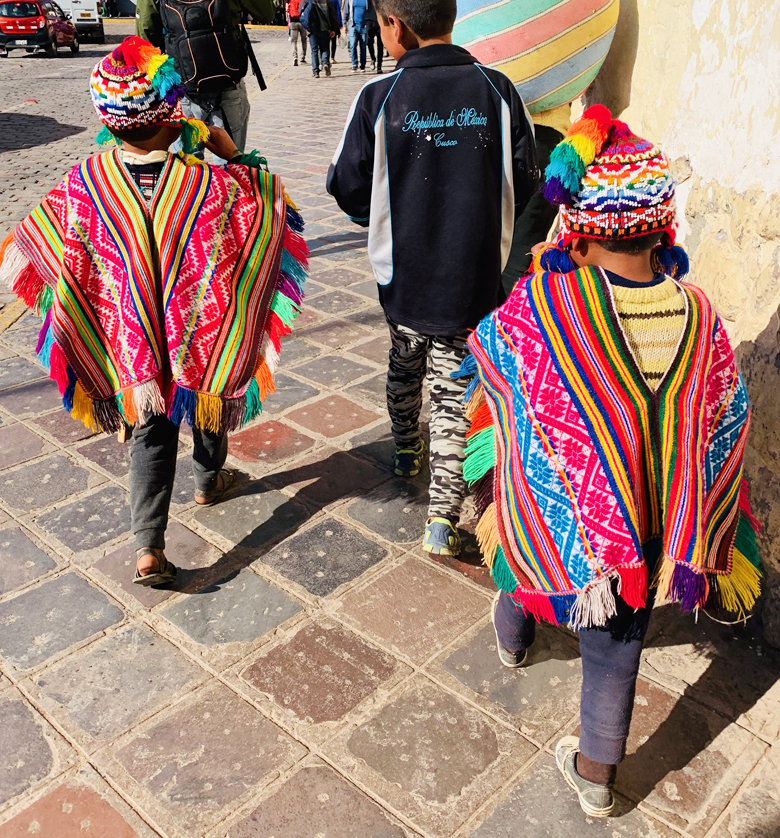
The villages surrounding Cusco are the epicenter of Peru’s textile industry, with alpaca, llama, and goods in high demand. The herds of alpaca, llama, and vicuña are cared for by indigenous shepherds and breeders. Once a year, they shear the animals, harvesting five pounds of wool from each female and eight pounds from males, equating to thousands of tons of wool. The dense fleece of the alpaca makes soft and plentiful fibers that are extremely durable with a high thermal quality.
Acrylic yarn was invented in the early 20th century and is made from synthetic materials. In recent decades, weavers in the Andes stopped using natural fibers in favor of acrylic because pre-spun acrylic yarn was cheap, easy to use, and offered brighter colors. Neon is has become popular in some communities, so natural dyes have been pushed aside for chemical dyes, but the traditional more muted colors are present in natural fibers. Alpaca and synthetic blends are less expensive, pure baby alpaca will cost more.


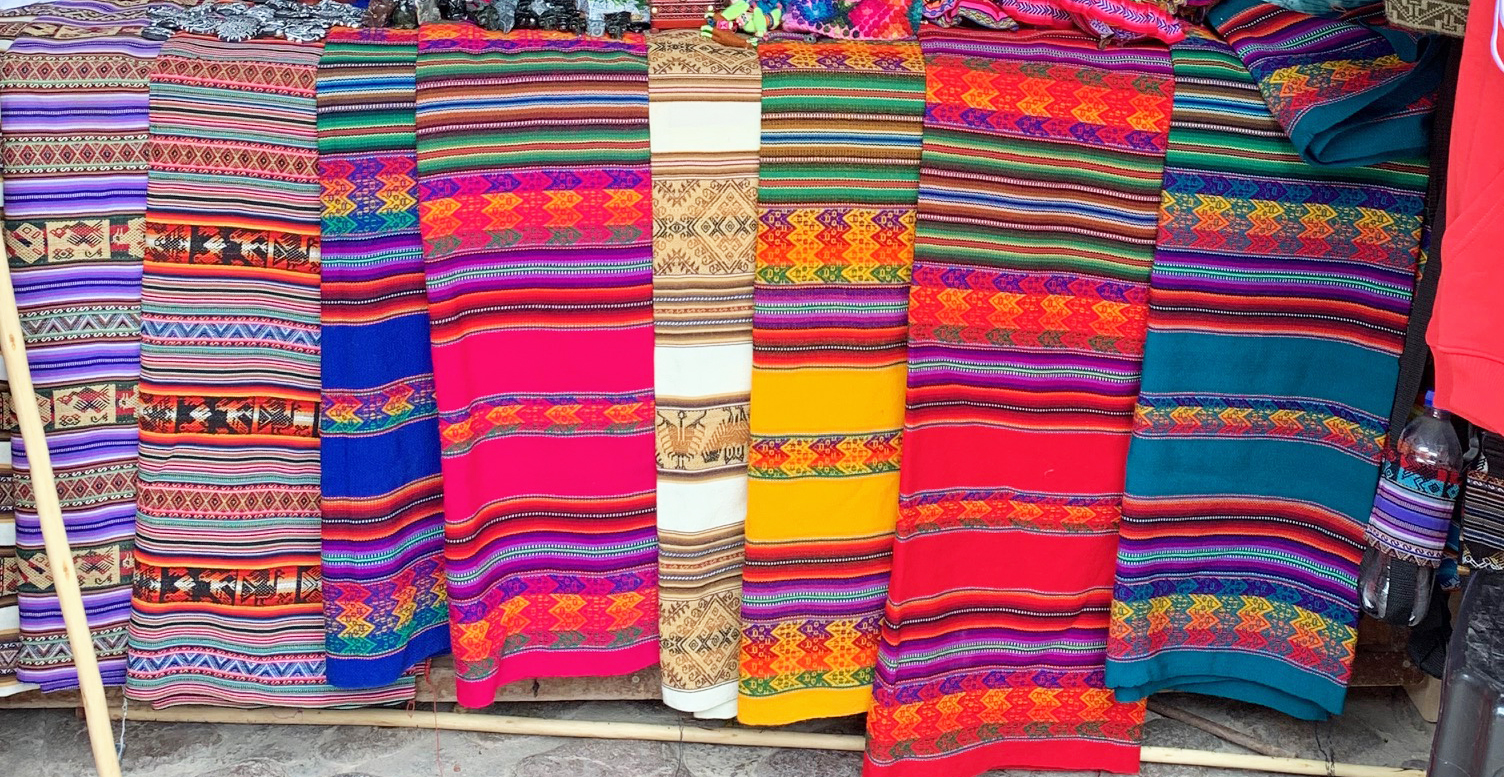
In Chinchero, a small village outside of Cusco, we visited an area of textile production where the women demonstrated the natural dyeing process of yarn, and where the backstrap loom is still used with wood and bone to weave elaborate patterns. (You can read a lot more detail about the process of weaving Peruvian textiles here.)
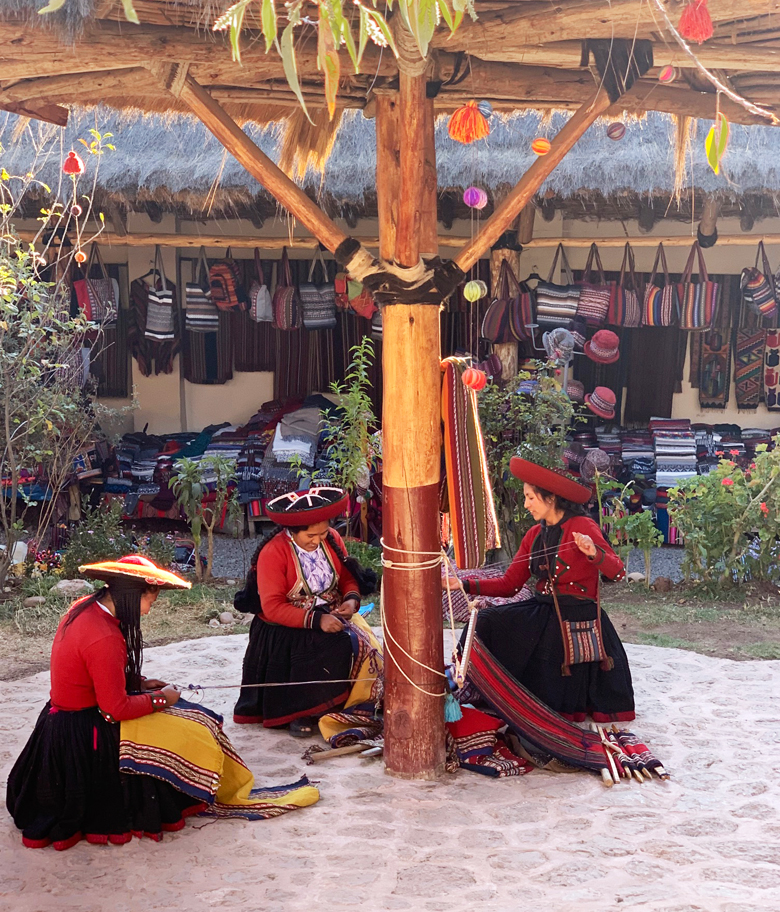
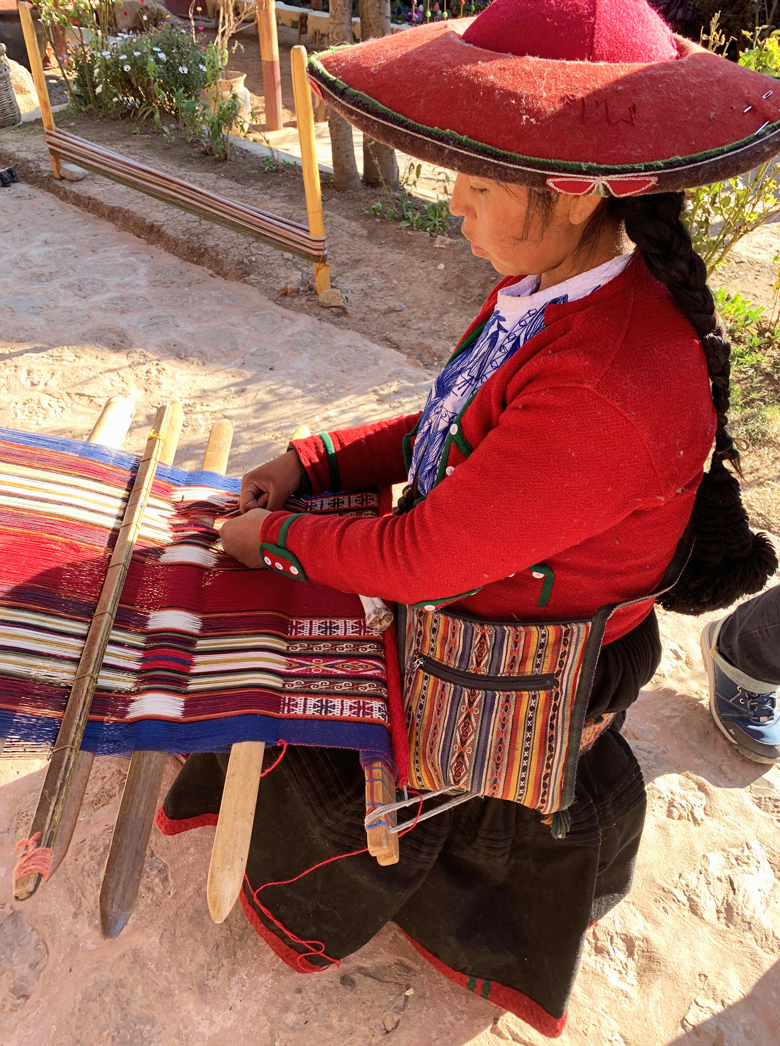

I felt so fortunate to have seen and touched these textiles and learned about the hand-woven traditions. I didn’t have much room in my suitcase, but I did bring home a pillow cover and a small clutch purse that I purchased at a market in Cusco, but I secretly wished for a second suitcase to bring home so much more.

If you’re interested in adding an authentic Peruvian textile or two to your home, find some at these sources. :)
.
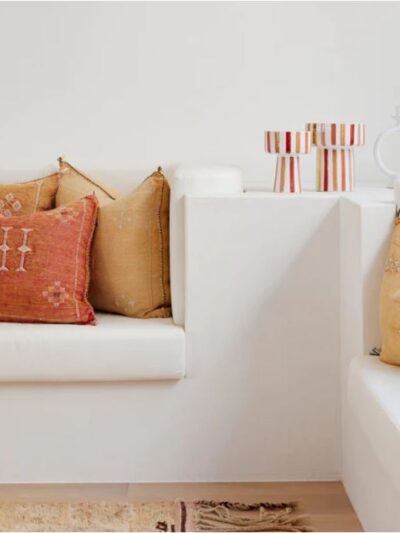

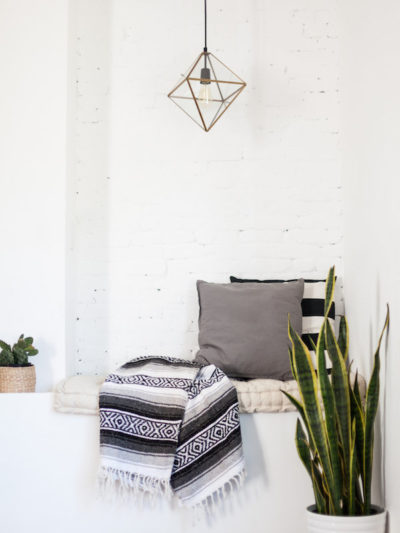
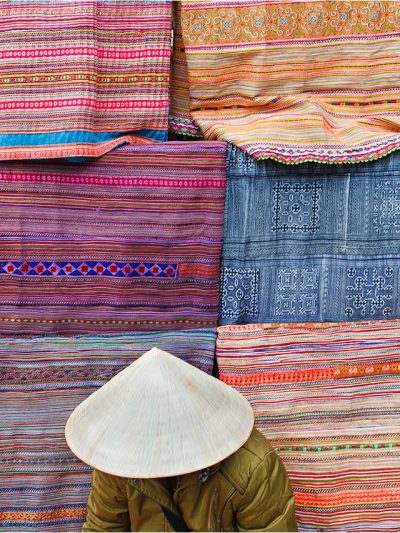

How beautiful ! How could you resist. Maybe you could work some of those colors and patterns into your designs.
Yes agreed! I’m inspired!
I’m always struck by the colour in every country other than North American where we are so fixated on beige and grey :) Beautiful.
Same Maria! We are fixated on neutrals in America, in Peru and other Central and South American countries they are far more bold with color!
I’m planning a trip to Peru next year and I’m really excited to be going there. I’ve loved textiles my whole life and now I know to leave room in my suitcase so I can bring many pieces back home with me!
Definitely leave room! I wanted to bring back about 4 or 5 pillow covers and yards of fabric to make cushion covers, but sadly no room!
In your first photo, I see what looks like a mola, which are usually found in Panama – it’s the item in the top right of the photo. Just curious if that art form has been adopted by the Peruvian artists? I know I would have had to buy a large back and stuff it full of goodies to bring home, LOL!!
Hi Libby, I was unaware that it was a mola and originates in Panama, how interesting! Good eye!
How do you order from these amazing creative people ???
I purchased some material while in Cusco. However neglected to ask how to care for the material. Do you know? I want to make a poncho and line it with fleece for warmth.